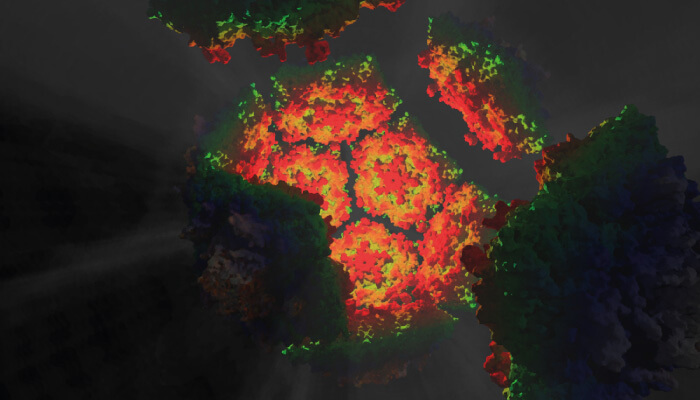CPI – a member of the UK government's High Value Manufacturing Catapult – is collaborating with the University of Leeds, UK, to develop a low-cost, scalable manufacturing process for a non-infectious, stable vaccine against polio. Developed using virus-like particles (VLP), the vaccine is intended to improve the safety and accessibility of treatment, particularly in low- and middle-income countries.
Since the introduction of the Global Polio Eradication Initiative in 1988, cases of polio have plummeted by 99 percent – with the oral polio vaccine (OPV) playing a key role in facilitating large-scale immunization. But despite success with OPV, it suffers a number of drawbacks; firstly, the RNA-dependent RNA polymerase enzyme that is responsible for making copies of the PV genomic RNA is error-prone. “In rare cases, use of the OPV can, therefore, cause disease in vaccine recipients or their close contacts. In situations of low vaccine coverage, this can lead to localized outbreaks,” says Natasha Lethbridge, Project Manager, CPI.

Secondly, there is a small number of immune-deficient or immunocompromised people who are unable to clear the virus after vaccination, which means they persistently shed vaccine-derived virus for long periods of time after immunization. Such individuals represent a potential source of infection if they were to stop vaccine use.
As a result, OPV is being replaced by an inactivated polio vaccine (IPV) in much of the world – but in some regions, IPV may be too expensive.
The new VLP vaccine should be able to overcome both scientific and economic issues. Composed of empty protein shells that mimic PV sufficiently to induce an immune response, the VLP vaccine lacks the genetic material needed for infectivity, overcoming biosafety concerns. “And because the vaccine can be made under low levels of containment, it would also make the product much more affordable than the current IPV offering for low and middle-income countries,” says Lethbridge.
And once scientific and economic issues have been solved? Geopolitics may present the final hurdle. “It can be extremely challenging to vaccinate in remote areas,” according to Lethbridge. “And, in some instances, vaccinators have been targeted by radical groups amidst regional conflicts.”
